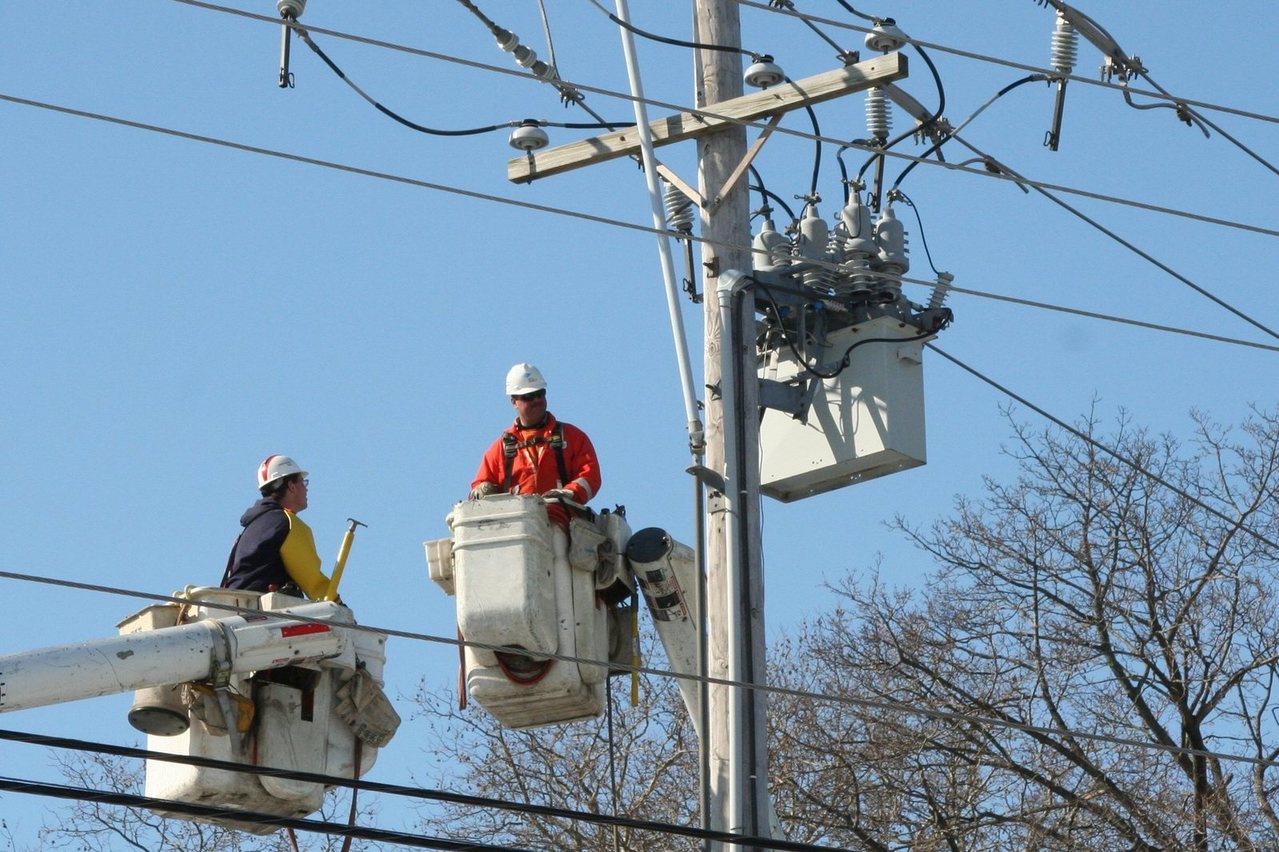Workplace safety is a priority in every industry, yet accidents can still occur without proper precautions. Employers must implement measures to protect their teams and minimize injury risks. One essential safeguard is worker’s compensation, which serves as both a protective and preventative tool. Let’s highlight its role in helping businesses and employees create safer work environments.
Providing Financial Security for Injured Employees
A strong safety net ensures employees receive proper care and financial stability after workplace accidents. Shop workers compensation policies cover medical expenses, lost wages, and rehabilitation costs. This protection allows employees to recover without the stress of unexpected financial burdens. Ensuring workers receive the necessary support promotes a culture of safety and trust.
By offering financial security, these policies encourage injured employees to seek medical attention immediately. Early treatment prevents minor injuries from worsening over time. Employees are more likely to report incidents when they know support is available. Timely medical care leads to faster recovery and a safer return to work.
Encouraging Employers to Maintain Safer Workplaces
When businesses invest in worker’s compensation coverage, they further prioritize safety improvements. Insurance providers assess risk levels and recommend measures to reduce workplace hazards. Businesses that actively implement safety programs may receive cost benefits from their policies. Prioritizing safety protects employees and lowers long-term costs.
Regular workplace inspections and hazard assessments further enhance security. Training programs educate employees about proper safety procedures and best practices. Investing in protective gear and equipment ensures a lower risk of accidents. Proactive steps create a safer work environment for all employees.
Promoting Accountability in Workplace Safety
A structured compensation system encourages accountability among employees and employers. Workers’ compensation policies require accurate reporting of workplace incidents. Clear documentation ensures transparency in injury claims and treatment plans. Employees become more aware of the importance of following safety guidelines.
Supervisors also play a role in enforcing safety policies. Routine checks help identify and correct potential hazards before accidents occur. Providing ongoing training ensures employees understand safety expectations. When accountability is shared, workplaces become more secure and productive.
Encouraging Early Reporting and Injury Prevention
Timely reporting of workplace injuries helps prevent long-term complications. Compensation policies support employees who report accidents as soon as they happen. Early intervention allows for prompt medical care and proper documentation. A structured claims process ensures employees receive treatment without unnecessary delays.
Open communication about injuries also leads to better prevention strategies. Employers can analyze injury patterns and identify areas for improvement. Adjustments to workspaces and processes reduce future risks. Encouraging early reporting strengthens safety awareness across all levels of an organization.
How Can Businesses Find the Right Workers’ Compensation Coverage?
Choosing the right compensation plan involves comparing policy options and assessing cost-effective strategies. A specialized brokerage firm helps businesses secure the best coverage by working with multiple insurance carriers. Evaluating different plans ensures employers receive the most suitable financial protection while managing costs efficiently.
Flexible policy structures like Pay As You Go plans provide businesses with better cash flow management. Cost-saving solutions help companies maintain compliance while reducing unnecessary expenses. Working with experienced advisors simplifies the insurance selection process. Finding tailored coverage ensures businesses meet workplace safety regulations while protecting employees.
Shop workers compensation policies contribute to both employee well-being and workplace safety. Offering financial security and medical support ensures better recovery outcomes. Promoting prevention strategies reduces risks and strengthens accountability. A well-managed compensation plan fosters a safer and more efficient work environment for everyone.




